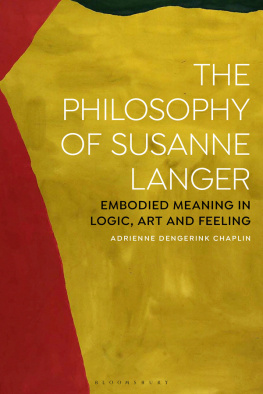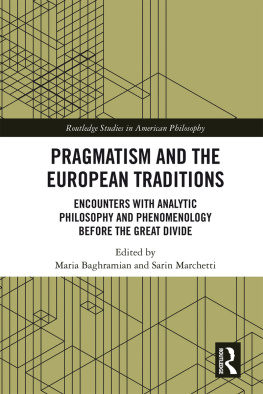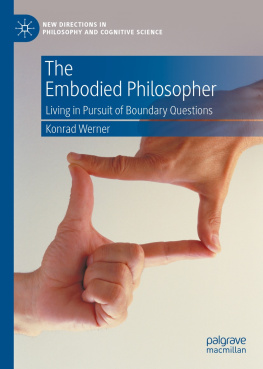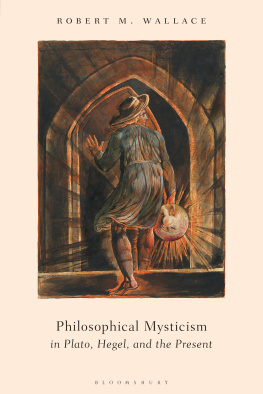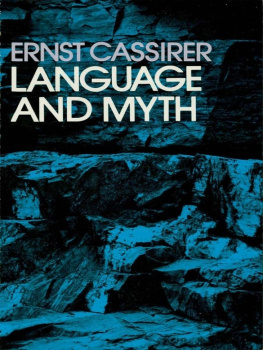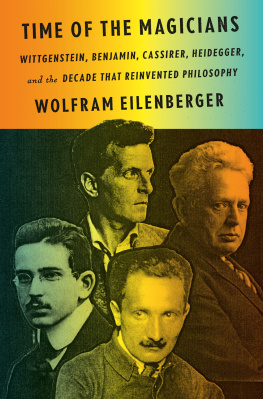
The Philosophy of Susanne Langer
The Philosophy of Susanne Langer
Embodied Meaning in Logic, Art and Feeling
Adrienne Dengerink Chaplin

BLOOMSBURY ACADEMIC
Bloomsbury Publishing Plc
50 Bedford Square, London, WC1B 3DP, UK
1385 Broadway, New York, NY 10018, USA
BLOOMSBURY, BLOOMSBURY ACADEMIC and the Diana logo are trademarks of Bloomsbury Publishing Plc
First published in Great Britain 2020
Copyright Adrienne Dengerink Chaplin, 2020
Adrienne Dengerink Chaplin has asserted her right under the Copyright, Designs and Patents Act, 1988, to be identified as Author of this work.
For legal purposes the constitute an extension of this copyright page.
Cover design: Eleanor Rose
Cover image: Helen Frankenthaler Blessing of the Fleet The Artchives / Alamy
All rights reserved. No part of this publication may be reproduced or transmitted in any form or by any means, electronic or mechanical, including photocopying, recording, or any information storage or retrieval system, without prior permission in writing from the publishers.
Bloomsbury Publishing Plc does not have any control over, or responsibility for, any third-party websites referred to or in this book. All internet addresses given in this book were correct at the time of going to press. The author and publisher regret any inconvenience caused if addresses have changed or sites have ceased to exist, but can accept no responsibility for any such changes.
A catalogue record for this book is available from the British Library.
A catalog record for this book is available from the Library of Congress.
ISBN: HB: 978-1-3500-3055-8
ePDF: 978-1-3500-3057-2
eBook: 978-1-3500-3058-9
To find out more about our authors and books visit www.bloomsbury.com and sign up for our newsletters.
Also available from Bloomsbury
Aesthetic Theory, Abstract Art, and Lawrence Carroll , by David Carrier
Introducing Aesthetics and the Philosophy of Art , by Darren Hudson Hick
The History of Philosophical and Formal Logic , edited by Alex Malpass and Marianna Antonutti Marfori
The Philosophy and Art of Wang Guangyi , edited by Tiziana Andina and Erica Onnis
Contents
This book has been long in the making. My first introduction to Susanne Langer was in the early 1980s at a graduate school in Toronto while completing my philosophy studies at the Vrije Universiteit Amsterdam. Langers strikingly insightful writings on the philosophy of art left an immediate and enduring impression on me. After a long interval and a move to England, I returned to Langer with a doctoral thesis on her aesthetics entitled Mind, Body and Art: The Problem of Meaning in the Cognitive Aesthetics of Susanne K. Langer. Much of that research found its way into the chapter on art in this book. By the time of its completion, however, I had become increasingly aware that Langers aesthetics could not be understood without an awareness of her wider intellectual framework and the specific sources that shaped it. Many misunderstandings and misinterpretations of Langers conceptual apparatus could be traced back to this lack of historical philosophical understanding. This led me, several decades later, to embark on a more comprehensive study of her work as a whole in the light of its formative influences.
Because of its long gestation I have incurred more debts than I can remember or am able to record. Over the years I presented various papers on Langer at different conferences of the Canadian, British, and Dutch societies of aesthetics as well as those of the International Association for Aesthetics in Rio de Janeiro and Krakow. I am grateful for the feedback received in those settings. use material from publications based on those papers: Art and Embodiment: Biological and Phenomenological Contributions to Understanding Beauty and the Aesthetic, Contemporary Aesthetics 3 (2005) and Feeling the Body in Art: Embodied Cognition and Aesthetics in Mark Johnson and Susanne K. Langer, Sztuka I filozofia/Art and Philosophy 28 (2016).
Many of my debts go to my various teachers and advisors: the late Johan van der Hoeven, Calvin Seerveld, Sander Griffioen, Paul Crowther and Lambert Zuidervaart. I am very grateful for their careful reading and constructive comments on previous work. I also want to thank Bloomsburys anonymous readers who made several valuable suggestions. Responsibility for any remaining defects is, of course, entirely my own. Most of all, I owe a deep debt of gratitude to my husband and fellow scholar Jonathan Chaplin, who patiently commented on successive drafts and has been supportive throughout the long journey. I could not have wished for a more congenial and stimulating companion.
Adrienne Dengerink Chaplin
Cambridge, Spring 2019
Note on the Cover Artist
The image on the front cover is a slightly cropped version of Helen Frankenthalers painting Blessing of the Fleet from 1969. Helen Frankenthaler (19282011) was an American abstract expressionist painter and major contributor to the history of post-war American painting. She pioneered a soak-stain technique that produces luminous colour washes that merge with the canvas. Between 1958 and 1971 she was married to fellow painter Robert Motherwell.
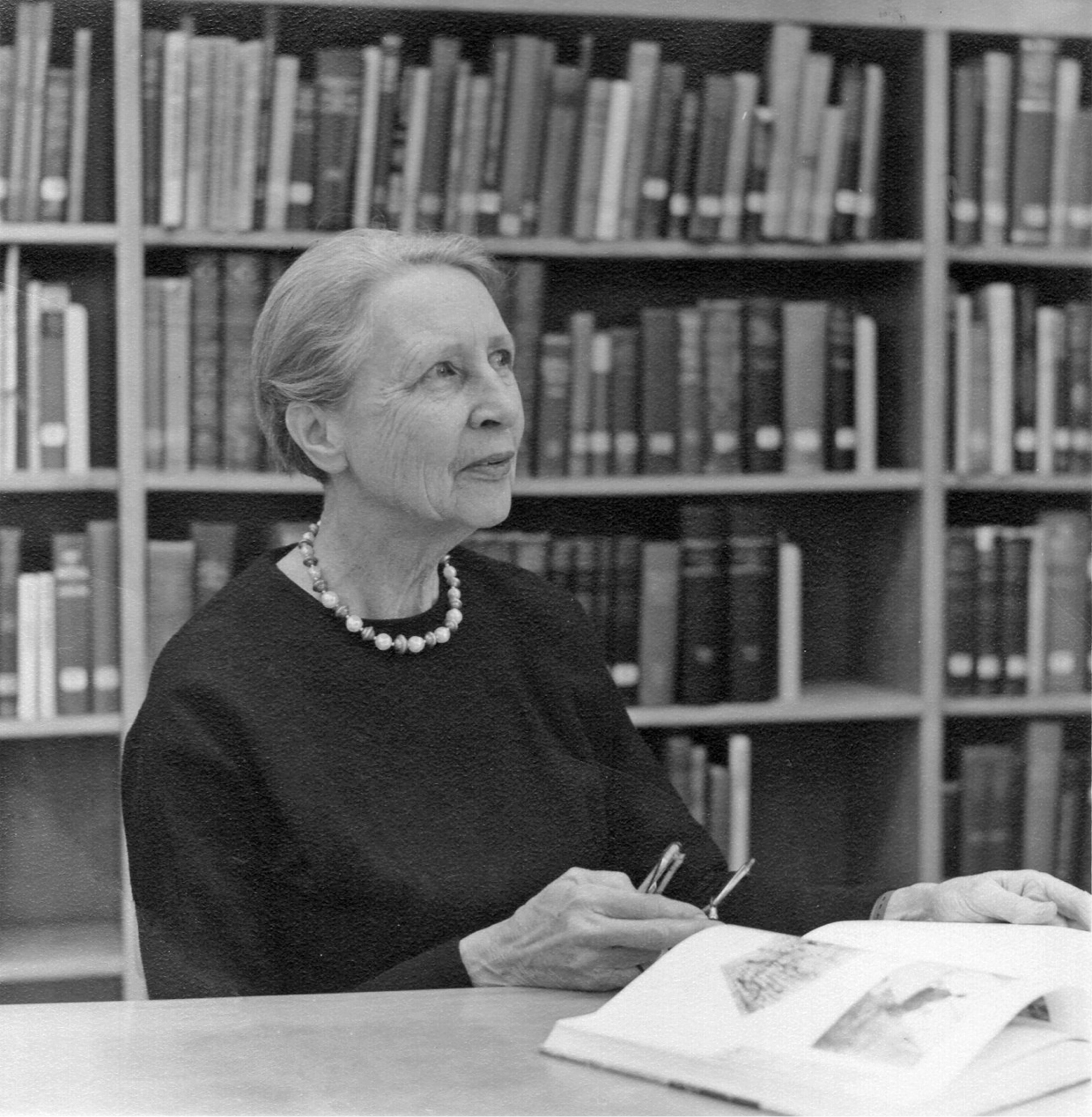
Photograph of Dr Susanne K. Langer by permission of the Estate of Susanne K. Langer
As every person has his mother tongue in terms of which he cannot help thinking his earlier thoughts, so every scholar has his philosophical mother tongue, which colors his natural Weltanschauung.
Susanne K. Langer
This book is a presentation of the philosophy of Susanne K. Langer (18951985) against the background of major advances in twentieth-century European and American thought. Langer is one of the most original and fertile American thinkers of the twentieth century, yet her work is still insufficiently recognized and frequently misunderstood. To illuminate the evolution and shape of Langers thought, this book focuses on her four most formative sources: her mentors Henry Sheffer and Alfred N. Whitehead, and the philosophers Ernst Cassirer and Ludwig Wittgenstein. This reveals how her thinking was not only forged out of a critical engagement with significant intellectual traditions of her time but also anticipated many of the major developments and philosophical turns of ours. The book argues that, apart from a knowledge of these sources and their European roots, interpreters cannot adequately understand the radicality and intellectual breadth of her achievements, nor can they fully recognize her abiding relevance.
Langers works spanned over fifty years and can be divided into three main periods. The first focused on logic and epistemology: The Practice of Philosophy (1930) and An Introduction to Symbolic Logic (1937). The second engaged with the philosophy of science, culture and art: Philosophy in a New Key (1942), Feeling and Form (1953) and Problems of Art (1957). The third concentrated on the philosophy of mind, feeling and embodied cognition: Philosophical Sketches (1962) and the trilogy Mind: An Essay on Human Feeling (1967, 1971 and 1982). Throughout these very diverse works runs one unifying theme: the way humans make sense of the world, or what Langer calls their pursuit of meaning, whether in science, language, art, myth, even dreams. The new key in philosophy is the recognition that the basic sense-data and facts that make up human experience and knowledge of the world are inherently symbolic. Facts, on Langers terms, are formulated events rooted in the perceptions of patterns and forms highlighting particular aspects of the world. The pursuit of meaning and its articulation in communicable forms is, so Langer argues, a deeply embodied fundamental human need.
Next page
